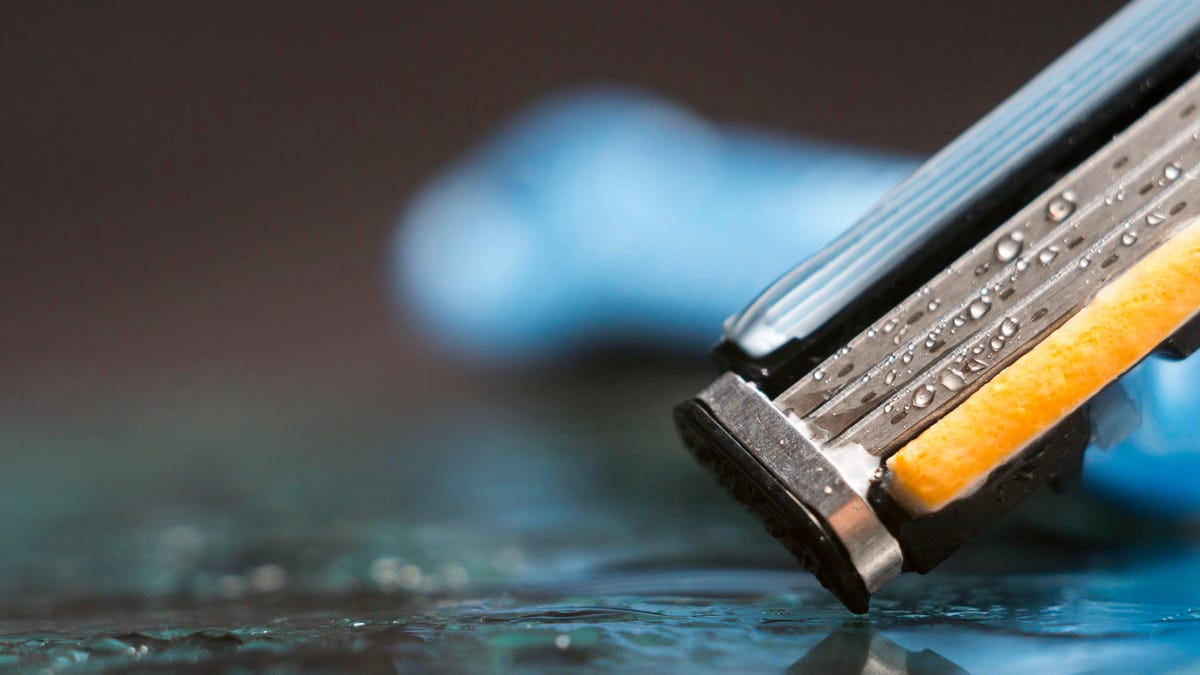The Difference Between Razor Burn and Razor Bumps (and How to Avoid Both)
Anyone who has ever shaved has probably experienced pain or discomfort at some point as a result. Whether it’s a nick, cut, or gash from a razor that likely has many blades, or redness and irritation that appears when...

Anyone who has ever shaved has probably experienced pain or discomfort at some point as a result. Whether it’s a nick, cut, or gash from a razor that likely has many blades, or redness and irritation that appears when you’ve finished, shaving can leave you with more than a sooth face or legs. This includes razor burns and razor bumps. Here’s what to know about the difference between the two, and how to prevent them both.
The difference between razor burn and razor bumps
Though the terms may seem interchangeable, they’re actually two separate conditions. Here’s what to know, courtesy of the Cleveland Clinic and dermatologist Sandra Lee, MD:
Razor burn
What is it: The redness and painful, itchy irritation that can show up within an hour or two of shaving—sometimes within a few minutes.
Technical term: Irritant contact dermatitis
The causes: Shaving too quickly, using a dull blade, dry shaving, shaving in the wrong direction—any skin damage from a physical or chemical (e.g. shaving cream) irritant.
Looks like: Red, blotchy skin rash
Razor bumps
What is it: Small abscesses that are part of an inflammatory response to hair that grows back after you’ve shaved, but becomes trapped under the skin.
Technical term: Pseudofolliculitis barbae
The causes: Using a dull blade, pulling your skin will shaving, shaving against the grain
Looks like: Small pimples
How to avoid razor burn and razor bumps
Though some people are more prone to razor burn and bumps than others—including those with acne and/or dry, sensitive skin—there are ways to prevent both conditions. Here are some tips from the Cleveland Clinic, Lee, and the American Academy of Dermatology:
Moisturize your skin before and after shavingExfoliate regularly to ensure hair doesn’t get trapped under your skinUse a lubricant like shaving cream/gel, conditioner, or soap to create a barrier between your skin and the razor bladeShave when your hair is soft—like at the end of a shower, or after applying a warm, damp washcloth to your skin. This will loosen the hairs and cause them to swell, making them less likely to curve into your skin and cause bumpsShave in the direction the hair is growingShave using short, light strokesRinse your razor blades after every few strokesRinse your skin with cool water—or a cool, damp washcloth—when you finish shavingChange razors/blades frequently—before they get dull or rustyRinse and dry your razor after each use, then store it somewhere dry to prevent bacterial growthLastly, take your time when you shave. Spending even an extra minute or two could save you from days of irritation and discomfort.

 Konoly
Konoly 






























